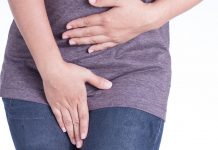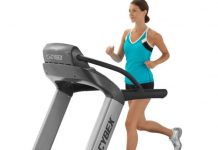For years, the standard of care has been no food for mom during labor and delivery.
This practice started back in the mid 1940s, over worries that if general anesthesia were needed for an emergency Cesarean section, the mom-to-be would be at risk for acid pulmonary aspiration, which is a fancy way of saying if she threw up; she could inhale it into her lungs.
Even up until 2009, the recommendations were limited to only clear liquids during labor.
But with general anesthesia increasingly rare in childbirth—even for Cesarean sections—are these recommendations still valid? A group of British researchers decided to find out if this practice really helps, or hurts.
After all, labor and delivery are very physically demanding, and no other time when a person is undergoing strenuous physical activity do we tell them to refrain from food and limit drink.
Almost 2500 women participated in the British study. Half were asked to only drink water, while the other half were invited to eat. Turns out some of the water-only group decided to eat and some of the eating group decided to opt for water only. Turns out, it didn’t really make a difference.
Both groups had the same rate of normal vaginal delivery, and no statistical differences in terms of time spent in labor (though 15 minutes less for those who ate might seem significant if you’re the mom in question!), c-section rate, vomiting, babies’ Apgar scores, or NICU admissions.
If you do decide to eat and drink during labor and delivery, stick with foods that are easy to digest and provide energy, like cereal, tea with honey, and energy drinks. But in a pinch, it turns out plain water will do just fine.













